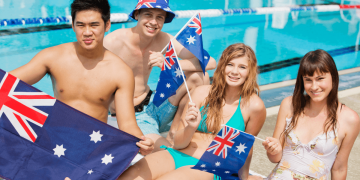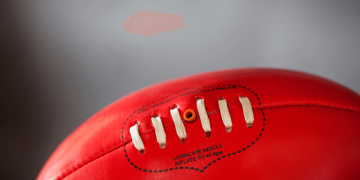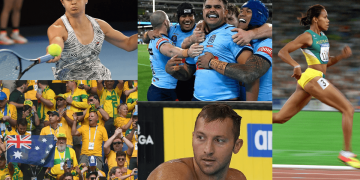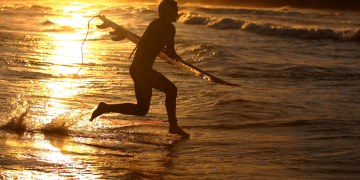Who Are We Now? Rewriting Australian Identity
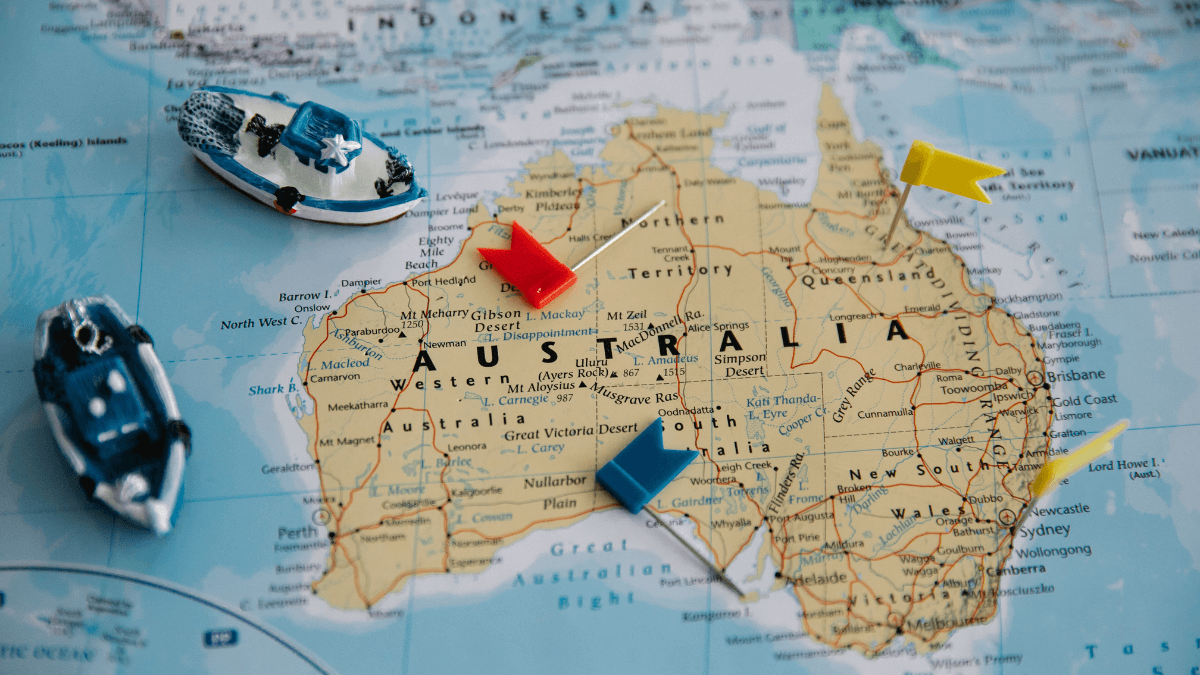
The common perception of Australians has been shaped by pictures of sun-kissed surfers, backyard barbecues, and an adamantly “laid-back” attitude for many years. But when you look past the glossy postcard, a more complicated and nuanced image emerges—one that shows a country dealing with its history, changing its ideals, and creating a new identity as a whole. Many modern-day Aussies are beginning to wonder, “Whose identity are we truly celebrating, and who gets to decide?” in reference to the long-established symbols and values that have long been associated with Australia.
Reimagining Australian identity is necessary in light of recent demographic shifts, cultural changes, and the pressing need to tell the truth about our past. This does not mean erasing our history, but rather broadening our perspective on what it means to be Australian in the present.
The Legacy of a Narrow Identity

Throughout most of the twentieth century, a white, Anglo-Celtic, masculine ideal was central to the construction of Australian identity. The stereotypical “Aussie bloke”—rough-and-tumble, beer-in-hand, egalitarian in heart but frequently insensitive to diversity —became the cultural benchmark. At the same time, members of the LGBTQ+ community, Indigenous Australians, migrants, and women’s voices were often ignored or marginalized.
Traditional virtues such as mateship, stoicism, fair play, and loyalty were also part of this limited Australian identity. Despite the fact that these principles are not intrinsically bad, they have frequently been used selectively, rather than inclusively.
That outmoded sense of self is becoming increasingly irrelevant in today’s multicultural, metropolitan, and self-aware Australia. Rewriting a story is more involved than merely inserting new characters into an existing one.
Reconciling With Our Past
Recognizing and discussing Australia’s colonial past is essential to any discussion of reinventing the country’s identity. Discoveries, settlements, and federation have become integral parts of the national identity for many non-Indigenous Australians. However, the narrative of Aboriginal and Torres Strait Islander peoples is one of displacement, defiance, and perseverance.
The increasing support for the Uluru Statement from the Heart, initiatives to get it recognized in the constitution, and Voice to Parliament demonstrates a strong desire for change on a national level. However, it also shows that Australians have quite different views about their own identity and the country’s history.
Realizing our history doesn’t make us less who we are; on the contrary, it makes us stronger. A more inclusive and truthful national identity can be established by fully embracing our history, especially its difficult chapters. It’s a change from a sense of pride without knowledge to a sense of pride with knowledge.
The Rise of a Multicultural Nation
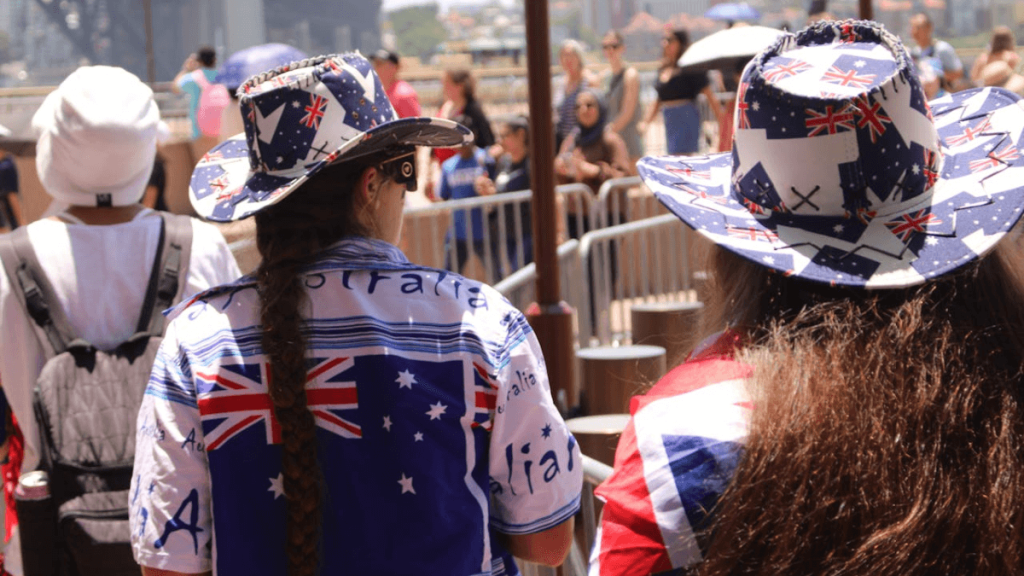
Migration has changed the nation since the White Australia Policy was abolished. Nearly 30% of Australians were born abroad, and many more may trace their ancestry back to those who came from far and wide. The multicultural landscape of contemporary Australia is characterized by a wide range of cuisines and markets, from Vietnamese in Melbourne to Lebanese in Western Sydney.
But popular depictions of Australian identity don’t necessarily reflect this variety. On one hand, ethnic Australians are feted for their cuisine and festivals, while on the other, they are left out of national dialogues over values and belonging.
Moving beyond lip service to multiculturalism is essential to reimagining Australian identity. It’s about incorporating many viewpoints, histories, and cultures into the national storyline. Some people are as uniquely Australian as the ANZAC hero or Ned Kelly; examples include a Chinese-Australian artist, a Sudanese-Australian footballer, and a Lebanese-Australian politician. This diverse fabric must be reflected in the nation’s changing sense of self.
Gender, Masculinity, and the Shifting Ideal
Critics are taking a closer look at the “blokey” culture that has long been linked to Australia. A larger societal reckoning has been aided by the fight against domestic abuse, the rise of women in leadership roles, and the fight for gender equality.
Previously valued for their resiliency and autonomy, emotional intelligence, vulnerability, and teamwork are making a comeback in Australia. Complex and diverse depictions of masculinity and gender roles are supplanting the traditional idea of the unyielding Aussie bloke.
Not only are women changing the discussion, they are spearheading it. The bravery of Grace Tame and the activism of Brittany Higgins are just two examples of the many Australian women who are working to change society by making principles like equality, justice, and respect the norm.
First Nations Identity as Central, Not Peripheral
Even though this area is home to some of the world’s oldest continuously existing cultures, First Nations peoples have frequently been marginalized in national narratives. Moving Indigenous peoples’ voices from the margins to the forefront is essential to reimagining Australia’s identity.
Indigenous people in Australia are fighting for recognition of their cultural heritage in a variety of arenas, including efforts to revitalize Indigenous languages, secure land rights, and establish Indigenous-led educational and media institutions. A question of justice, not inclusion, arises here.
Our awareness of this place is enhanced and our commitment to deeper values, such as custodianship, respect for Country, and community interdependence, is strengthened when Indigenous culture and viewpoints are acknowledged as fundamental to Australian identity.
The Urban-Rural Divide and Class Identity
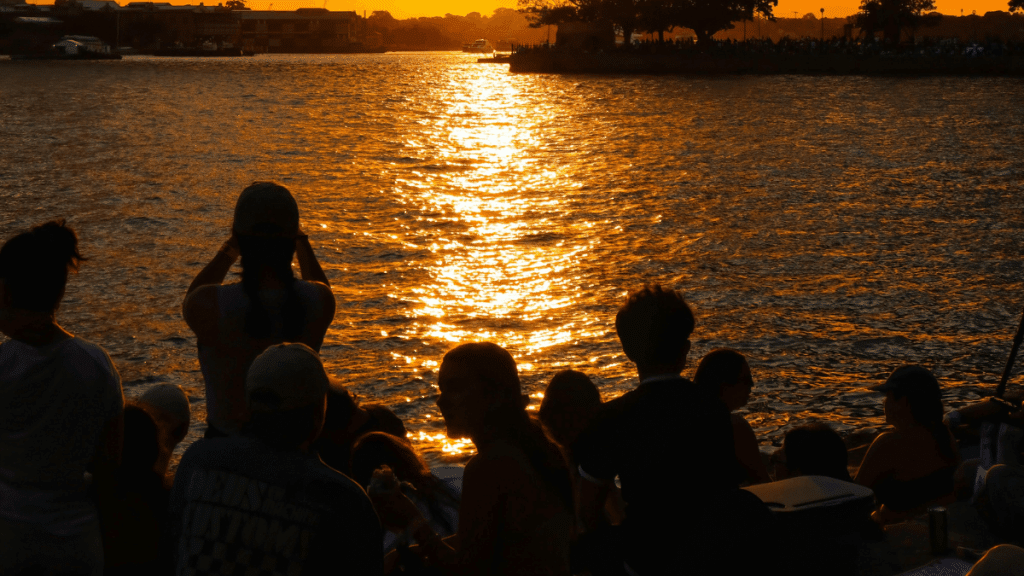
New tensions in the expression of identity have also emerged as a result of Australia’s rapid urbanization. Rural and regional populations may have more traditional views on Australian values, in contrast to city life, which generally reflects global trends, multiculturalism, and progressive politics.
On both sides, people believe that the other doesn’t show the “real Australia.” This division can lead to animosity and miscommunication. But things aren’t so simple in actuality. Environment, community, and relationship to nation impact the lives of people in very different ways; for example, a sugarcane farmer in Queensland and a creative director in Sydney.
It is necessary to bridge these differences in order to reimagine Australian identity, which does not entail homogenizing experience but rather acknowledging the coexistence of various identities. Rather than being a flaw, the fact that there is no fixed definition of Australian identity is a strength. It’s impressive.
Climate, Nature, and a Renewed Environmental Ethos
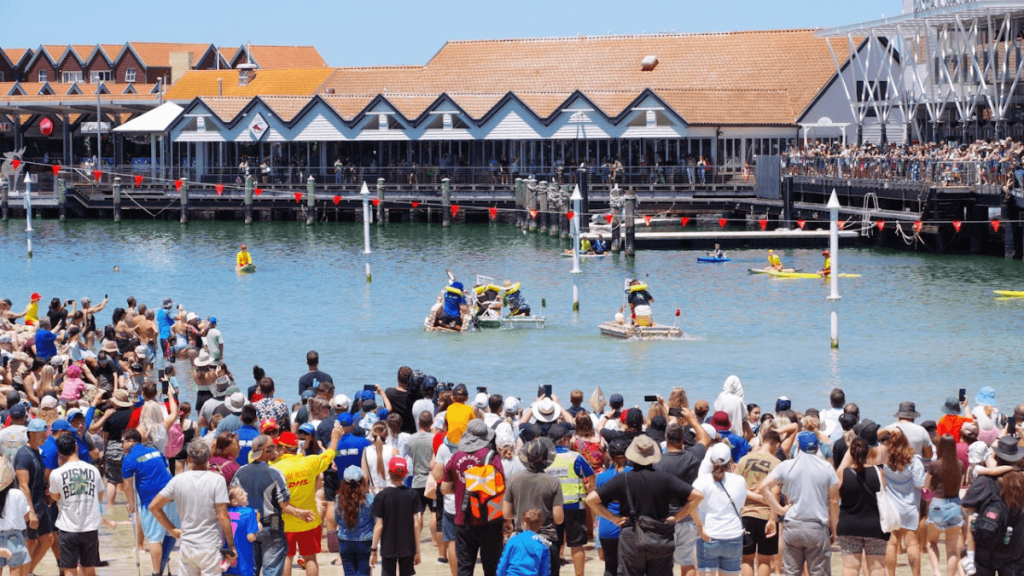
Australian identity has long been intertwined with the natural world—beaches, bushland, deserts, and reefs. But as the effects of climate change intensify, a new value system is emerging: one that places sustainability and environmental stewardship at the heart of national pride.
Young Australians, in particular, are driving this change. For them, climate action is not fringe activism—it’s a core issue tied to justice, survival, and the kind of country they want to inherit.
Protecting the land and waters is not a new idea—it’s one First Nations peoples have upheld for millennia. Reimagining Australian values in this context means reconnecting with these ancient practices, challenging extractive industries, and reframing “love of country” as a commitment to its future, not just its past.
Sport, Culture, and the Evolution of Symbols
Sport has long played a defining role in shaping Australian identity—from Don Bradman to Cathy Freeman. But even within sport, the narrative is changing. The increasing visibility of Indigenous athletes, LGBTQ+ players, and female sports stars is reshaping what it means to represent the country.
Similarly, our national symbols are under review. The flag, the anthem, and even Australia Day are no longer seen as unifying by all Australians. Debates about changing these symbols aren’t about erasing history—they’re about ensuring the symbols reflect who we are, not just who we were.
Culture, too, plays a key role. Australian film, literature, and music are increasingly diverse, global in reach, and unafraid to interrogate national myths. These creative expressions are some of the most powerful tools we have for reimagining identity.
A Living Identity, Not a Fixed One
Australian identity is not set in stone—it’s a living, breathing thing that evolves with time, context, and people. To reimagine it is not to abandon the values we hold dear, but to interrogate, refine, and expand them.
This is a moment for courage. Courage to let go of limiting myths. Courage to centre those historically silenced. Courage to define Australian values not by exclusion but by inclusion, not by nostalgia but by hope.
We are not one story—we are many. And in that diversity, complexity, and contradiction lies the true beauty of being Australian.

